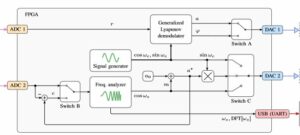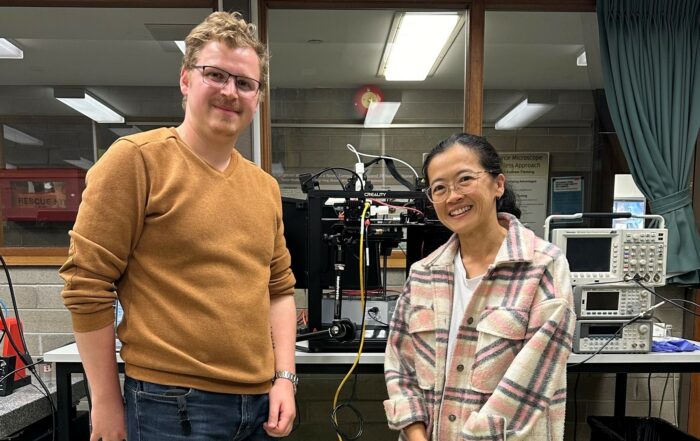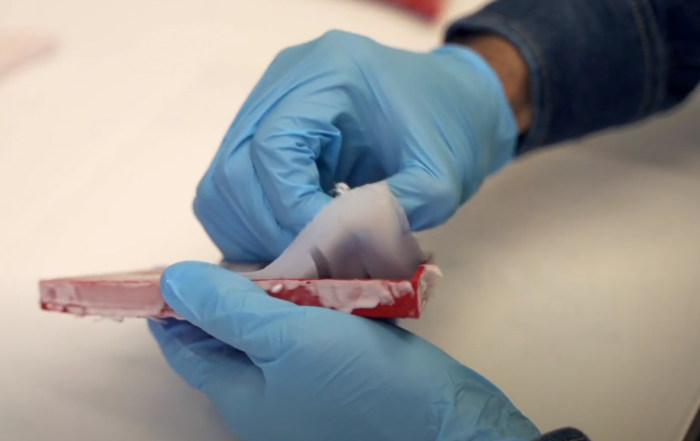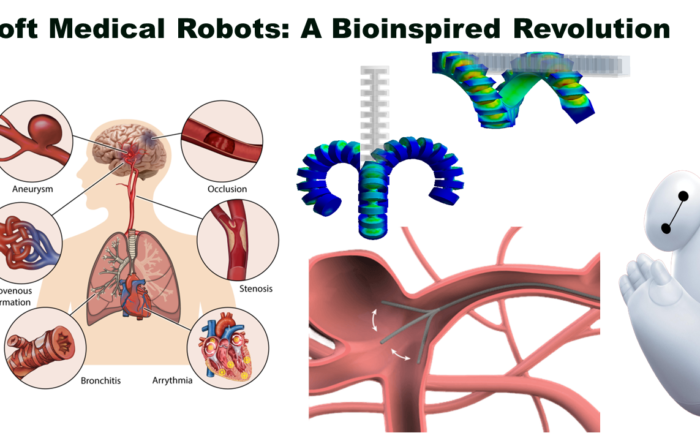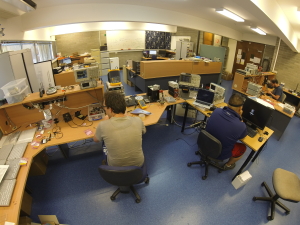Welcome to the Precision Mechatronics Lab at the University of Newcastle
Conferences
Paszkal’s Visit to Newcastle
It has been a fun 3 months working and learning from Paszkal on CFD modelling using OpenFoam. We had also done some interesting experiments together in the lab and will [...]
IEEE International Conference On Mechatronics – Loughborough, UK, March 15-17, 2023
IEEE International Conference On Mechatronics - Loughborough, UK, March 15-17, 2023. IEEE International Conference on Mechatronics 2023 (IEEE ICM 2023) continues a series of biennial conferences dedicated to recent and [...]
News
IEEE International Conference On Mechatronics – Loughborough, UK, March 15-17, 2023
IEEE International Conference On Mechatronics - Loughborough, UK, March 15-17, 2023. IEEE International Conference on [...]
Soft Robotic Manta Rays
PhD student Matheus Xavier introduces his research on soft robotic manta rays for low-impact exploration [...]
Dr Michael Ruppert elected as Fresh Scientist for 2021
Doctor Michael Ruppert has been announced as one of the 2021 Fresh Scientists. This program is [...]
Matheus Xavier Wins School Heat of the 3 Minute Thesis
Matheus from the Precision Mechatronics Lab wins the school heat at the University of Newcastle [...]
Seminars
IEEE International Conference On Mechatronics – Loughborough, UK, March 15-17, 2023
IEEE International Conference On Mechatronics - Loughborough, UK, March 15-17, 2023. IEEE International Conference on Mechatronics 2023 (IEEE ICM 2023) [...]
Soft Robotic Manta Rays
PhD student Matheus Xavier introduces his research on soft robotic manta rays for low-impact exploration in sensitive underwater environments. Watch [...]
Dr Michael Ruppert elected as Fresh Scientist for 2021
Doctor Michael Ruppert has been announced as one of the 2021 Fresh Scientists. This program is run by Science in Public [...]
Matheus Xavier Wins School Heat of the 3 Minute Thesis
Matheus from the Precision Mechatronics Lab wins the school heat at the University of Newcastle of the 2021 3 Minute [...]
Recent Publications
Actuating, Sensing, Control, and Instrumentation for Ultra Precision Engineering Book
2024, ISBN: 978-3-0365-9526-9.
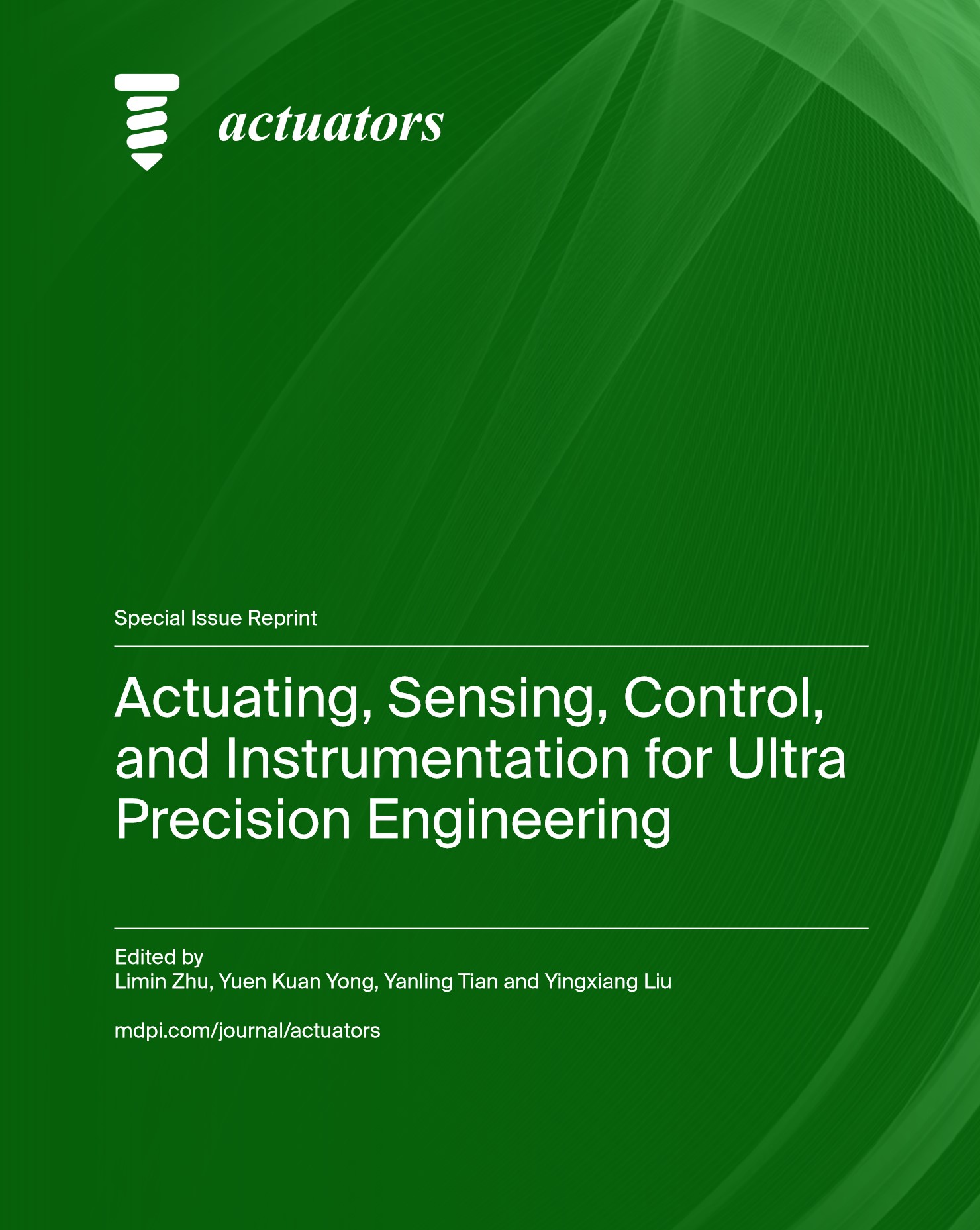
Feasibility of gold nanocones for collocated tip-enhanced Raman spectroscopy and atomic force microscope imaging Journal Article Forthcoming
In: Journal of Raman Spectroscopy, Forthcoming, ISSN: 1097-4555.
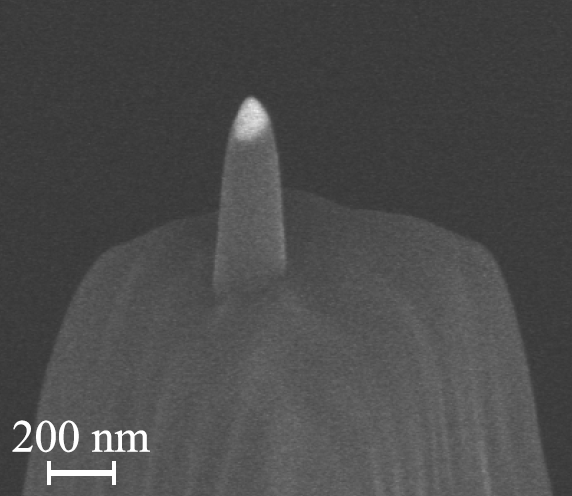
Thermal Protection of Piezoelectric Actuators Using Complex Electrical Power Measurements and Simplified Thermal Models Journal Article
In: IEEE/ASME Transactions on Mechatronics, vol. 29, iss. 1, 2024, ISBN: 1083-4435.
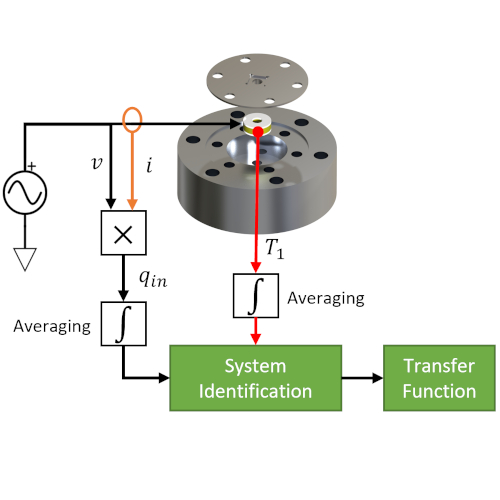
Modeling of soft fluidic actuators using fluid-structure interaction simulations with underwater applications Journal Article
In: International Journal of Mechanical Sciences, vol. 255, iss. 108437, pp. 1-11, 2023, ISSN: 1879-2162.
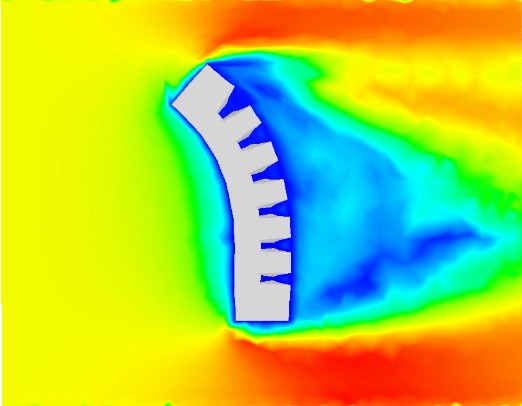
In: ACS Applied Nano Materials, vol. 5, iss. 7, pp. 9024-9033, 2022, ISSN: 2574-0970.
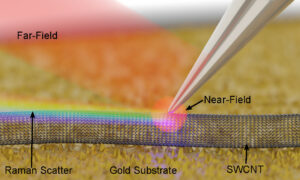
The Generalized Lyapunov Demodulator: High-Bandwidth, Low-Noise Amplitude and Phase Estimation Journal Article
In: IEEE Open Journal of Control Systems, 2022.
